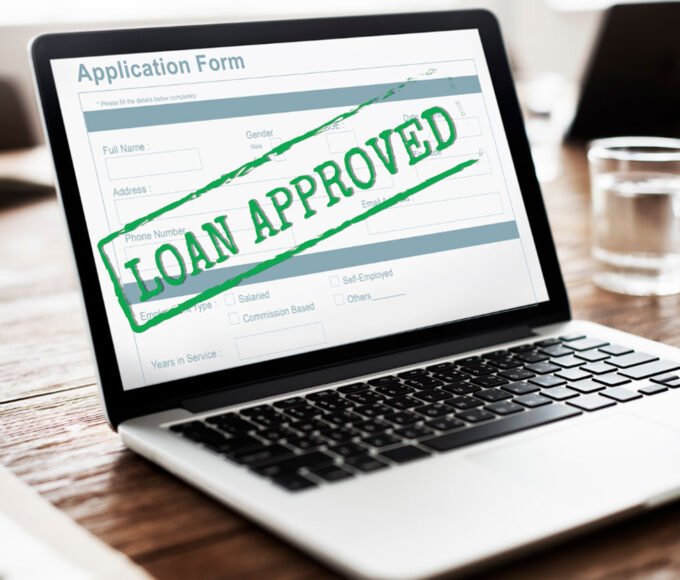Today’s shopping culture is brimming with temptations, pushing the practice of impulse buying to new heights. However, mastering the discipline of managing your spending habits can pave the way for a more secure financial future.
This blog post delves into five effective strategies to keep impulsive purchases in check. It also shows why these methods will lead to lasting financial health. Embrace these strategies and get ready to meet your long-term financial goals!
Identify What Triggers Your Shopping
Understanding the triggers that lead to unplanned spending is a critical first step. For many, emotions such as stress, excitement, or even boredom drive the urge to buy impulsively. Observing these patterns can reveal a lot about personal spending habits. Keeping a journal of spending triggers can help pinpoint the emotional states or environments that encourage impulse buying, enabling individuals to develop more mindful shopping strategies.
Additionally, recognizing the influence of social media on purchasing decisions is crucial. Seeing others indulge in the latest trends can often prompt reflexive shopping, which is why limiting social media use during peak spending times might be beneficial.
Adopt a 24-Hour Rule for Large Purchases
A practical tip for curbing impulse buys is to implement a 24-hour rule for all significant expenses. By allowing a full day to pass before completing the purchase, individuals give themselves time to consider the necessity and value of the item. This delay often results in the realization that the urge to buy was temporary, saving money that can be redirected towards more substantial financial goals.
Enforcing this rule also cultivates a habit of thoughtful reflection over rash decisions, ultimately fostering a healthier relationship with money. Additionally, discussing large purchases with a friend or family member can offer new perspectives and further deter hasty buying.
Create and Stick to a Shopping List
Before heading out or logging onto a favorite shopping site, drafting a precise shopping list is invaluable. This simple act forces you to make conscious decisions about your needs versus your wants. Sticking to the list minimizes the risk of falling prey to impulsive buys. Moreover, shopping with a list speeds up shopping time and can reduce your overall exposure to tempting items.
To enhance the effectiveness of this approach, categorizing the list into essentials and non-essentials can provide clearer insights into spending patterns. Additionally, using digital tools or apps to manage and track your adherence to the list can help you avoid staying from your planned purchases.
Set Short-Term Savings Goals
Setting achievable, short-term savings goals creates a powerful psychological incentive to skip unnecessary purchases and save instead. Whether it’s for a vacation, a new gadget, or an emergency fund, seeing progress towards these goals can reinforce the value of saving over spending. Each time a purchase is avoided, adding the equivalent amount to a savings account can visibly grow financial reserves, offering tangible rewards that reinforce frugal habits.
Seeking guidance from financial experts or resources can provide additional strategies to enhance your budgeting skills and keep your finances on track. Visualizing these savings through charts or goal trackers can amplify your motivation, making the benefits of frugality more immediate and impactful.
Set a Budget
Creating a budget is one of the best ways to control your expenses and to curb impulse buying. By setting a clear budget, you allocate specific amounts for necessities, savings, and discretionary expenses, making it easier to track where your money goes. This helps you prioritize your spending so that you avoid unnecessary purchases.
If you stick to it, your budget will keep your expenses under control, and you’ll be less likely to spend important bill money or savings on an impulse purchase. You can even visit this website for more tips and strategies on keeping your finances and budget healthy.
Conclusion
The journey to financial prudence is ongoing, but steering clear of impulse buying is a commendable starting point. Managing spending and avoiding impulse buys is about creating barriers to mindless spending and fostering awareness of financial habits.
By implementing these strategies, you’ll not only protect your bank accounts, but you’ll also gain the freedom that comes with financial self-control. As you continue to apply these methods, you’ll find that they improve your financial health and reduce stress related to money matters. Adopting these habits is empowering, providing a solid foundation for making informed, confident financial decisions.
















